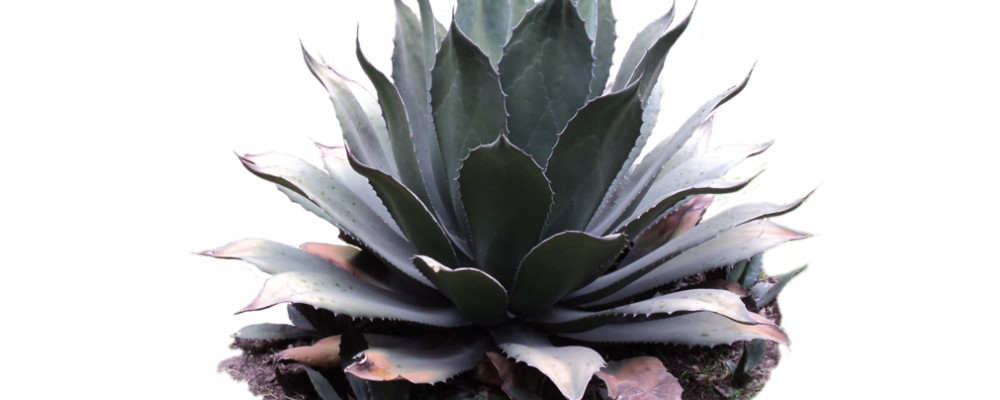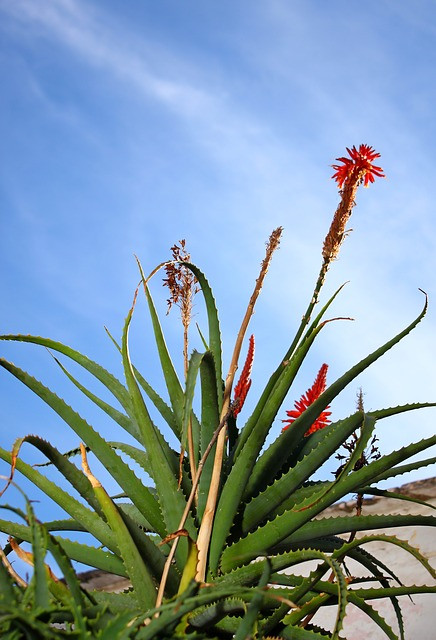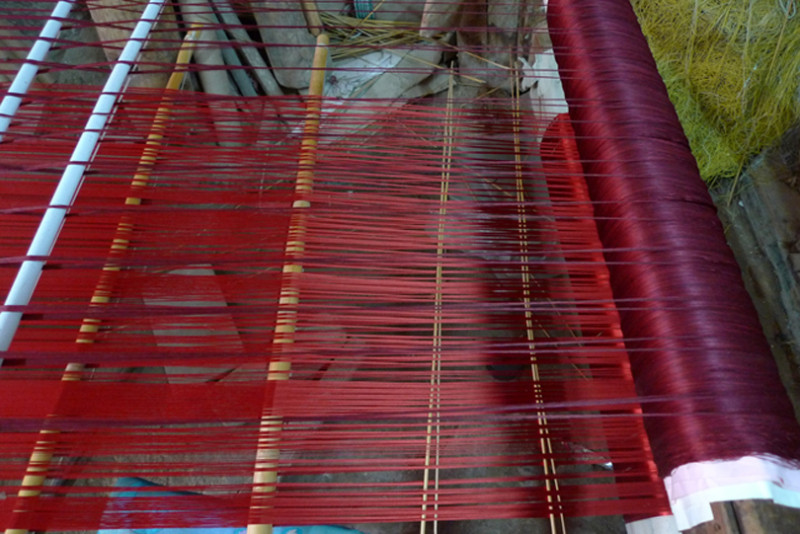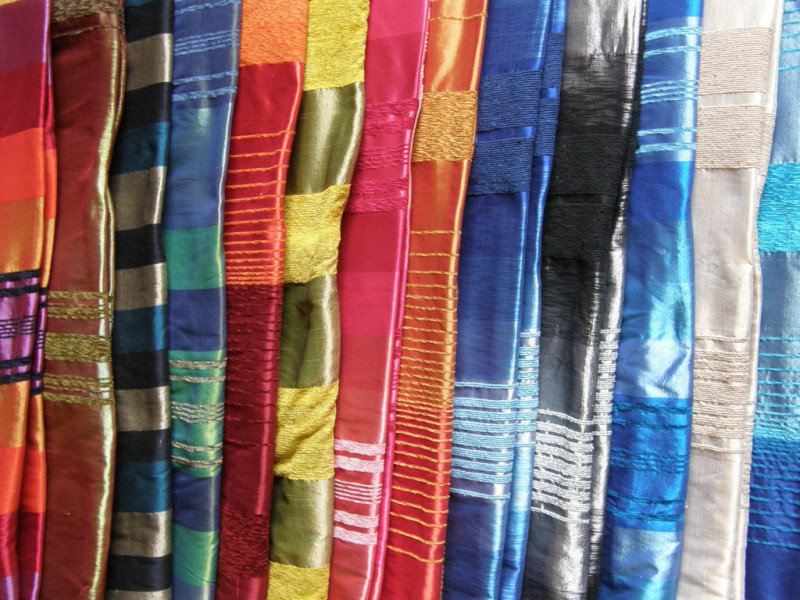
You Need To Know About This Fantastic Vegetarian Silk Made From Cactus Plants
I love learning about new fibres, so when someone recently told me about Vegetarian Silk from a Cactus, I needed to know more! Cue lots of research on the subject, which I'm delighted to share with you. It is a fantastic vegetarian alternative to silk with superb lustre and super soft to the touch, I'm sure you already want to know more about it too...
Cactus silk is (almost) exactly what it sounds like: silk made from a cactus! (More on this later.) Sometimes called Vegetable or Sabra Silk, it is a luxurious fabric made from the Saharan Aloe Vera Cactus (part of the Agave family). If you've ever been on holiday to Morocco you may already be familiar with it. The cactus is grown in the Saharan Desert and the fabric is hand-loomed in Morocco. Markets in Marrakech are often adorned with the beautiful metallic skeins and products.
What is Cactus Silk?
There is also a Mexican fibre called Istle or Ixtle or tampico fibre that is a slightly harder plant fibre from a few different Mexican Agave and Yucca plants that is used to make fabrics, brushes and cords.
How is it made?

Cactus Silk is made from the natural vegetable fibres found in the long agave cactus. Confusingly, even though it is often called an "agave cactus" it is actually not a cactus, but rather just a plant that belongs to the subfamily Agavoideae. So Cactus silk may not be the most appropriate name after all! Another interesting fact: the plants only ever flower once before they die and this can take decades before it even happens!
The process for making Sabra Silk has been the same for centuries. Breaking open the cactus, the fibres can be accessed just like finding the fibres from flax to make linen. The spiky leaves are crushed and soaked in water to separate the fibres and filaments, then they are washed and dried and spun to make silk threads.
It is traditional to keep the fabric as natural as possible, so many producers will only ever dye cactus silk with natural vegetable dyes. This process can take a long time, but when it is completed the colours are incredibly vibrant and beautiful – and the dye has not damaged the vegetable fibres at all.

When the fibres have been dyed and dried, they are then woven on looms. This is a highly specialised skill, and something that should really be done by hand if it is going to be done properly. You can always tell if a machine has woven the cactus silk together to make a fabric, because it feels uneven and strange. The weaver has to carefully weave depending on the different thicknesses and waves of the fibre.
Sometimes weavers incorporate camels wool in alternating stripes to add texture to the fabric, or it is woven with a contrasting colour of chenille or cotton yarn to enhance the natural sheen.
What are its properties?
After the cactus silk fabric has been made, you will see that it has a beautiful, natural metallic sheen. This silky sheen is really gorgeous and dazzling, and many people often mistake it for silk. The long, hand-woven process to make it does often mean it can be quite expensive.
So how about sewing with this fabric? Pleasingly, it is possible to wash cactus silk at 30 degrees and to iron it as long as you have the temperature quite low. Cactus silk has high elasticity so is naturally almost completely wrinkle free, so you may find that it doesn't need ironing anyway!
Why is it eco friendly?
For a start, cactus silk is vegetarian and even vegan! Conventional silk comes from the cocoon of silk worms which some people like to avoid. Unlike some other materials that take a huge amount of resources to make, cactus silk only has one ingredient: and that is cacti! Cacti are very quick to grow, which means that they can be replaced very quickly, not harming the environment that they came from. Production is very small-scale at the moment. Furthermore, because most cactus silk is hand-woven, it does not have any carbon footprint.
What are its common uses?

The fabric is usually found in street markets either in small pieces, made into tassels and napkin holders or used to cover buttons. Many people use cactus silk for scarves because it is so shiny and soft. Others will use it for soft furnishings on cushions and for trimmings on things such as curtains.
For such an interesting fibre with a great heritage and sustainable properties, Cactus Silk seems to be a bit of an untapped resource! What would you use it for?
If you like this articles please do use the tweet buttons below and throughout the article to share. To keep up with more Offset Warehouse news (like if we're stocking Cactus Silk!), please sign up to our monthly newsletters.
Have you heard about #Vegetarian #Cactus #Silk made in #Morocco?

The process for making #Sabra (#Cactus) #Silk has been the same for centuries.

